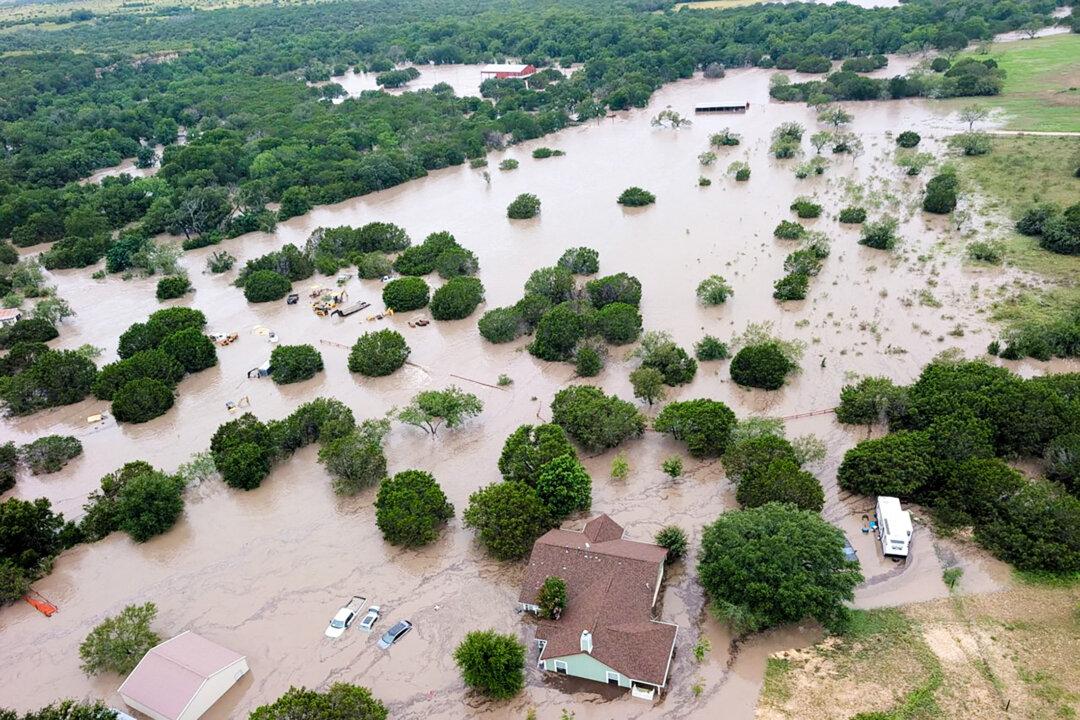In its first major test since crashing last February, the Texas power grid held steady as Winter Storm Landon swept through the state on Feb. 2, leaving snow, ice, and sub-freezing temperatures in its wake.
The Electric Reliability Council of Texas (ERCOT), the state’s independent power grid operator, reported that demand peaked at nearly 69,000 megawatts on the morning of Feb. 4—a number that triggered the blackout in 2021, which left millions in the dark for days and contributed to hundreds of deaths.





